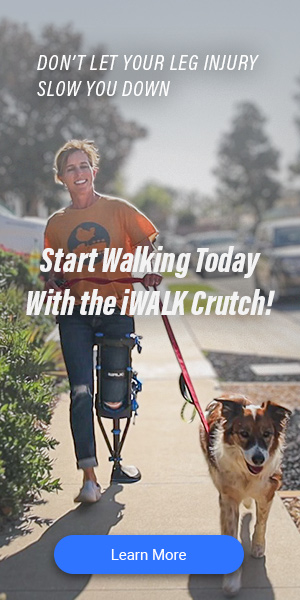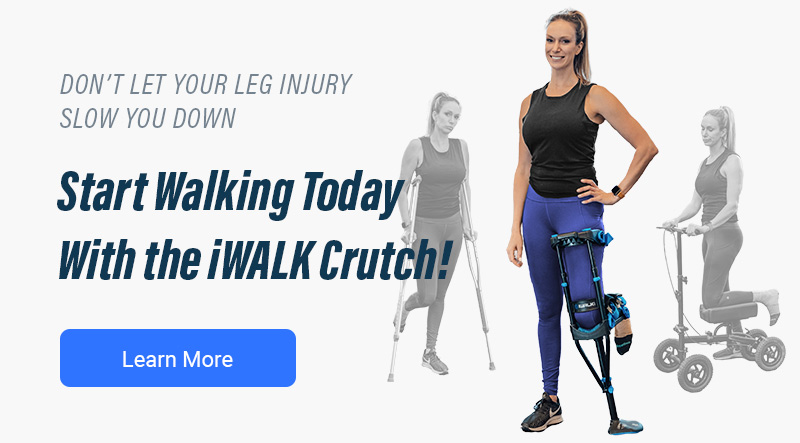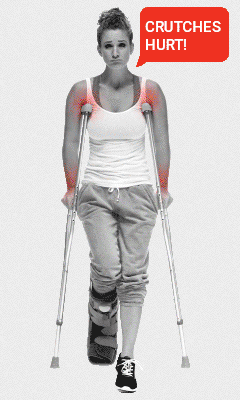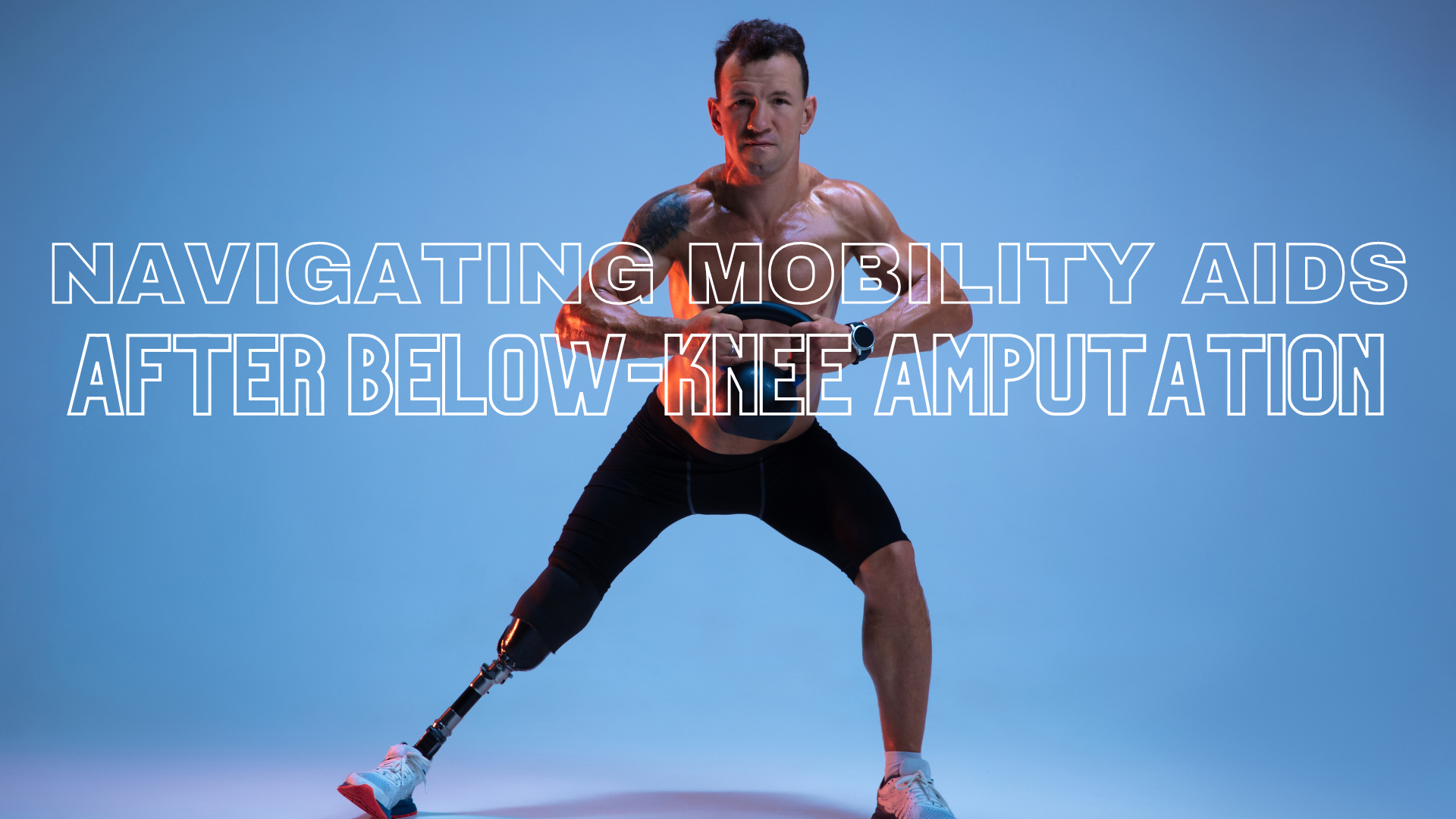Whether You’re Getting Around in High School or on a College Campus, These Tips for How to Use Crutches at School Can Make Your Life Easier
If you thought using your crutches at home was challenging, just wait until the school bus comes around the corner.
But don’t worry, with a little practice you’ll learn how to use crutches at school and be a pro in no time. It also helps that administrators and teachers are understanding when it comes to the challenges presented by using crutches and will typically offer support to help make your time in recovery easier.
Whether you’re getting around in high school or on a college campus, these tips for how to use crutches at school can make your life easier.
1. Get a Good Backpack
With traditional crutches, you don’t have the luxury of using your hands to carry around books and school supplies.
Even though you’re on crutches, your teachers are still going to expect you to turn in your homework on time—we know, we don’t think this is reasonable either—so having a good backpack to help you get your things to class is a must. Of course, some crutch alternatives like hands-free crutches make it possible to carry your things from class to class without a backpack.
If your school doesn’t allow you to carry your backpack to class or your backpack causes you a lot of pain, you can try out our next point.
2. Have a Friend Help You
When carrying a bag isn’t an option, you can always enlist a friend (or two) to help you out.
Find out if they can help you get your books to your classes while you’re on crutches. Your friend may even be able to get permission from teachers or administrators to be late to their classes while acting as your designated helper as you recover.
Sometimes having a friend help you just isn’t possible. Using a hands-free crutch like the iWALK2.0 provides a shortcut, making it possible to get around without relying on someone else to help you. A hands-free crutch gives you back a measure of your independence while you’re recovering from an injury.
3. Get a Doctor’s Note
Schools are very accommodating to students on crutches and make it as easy as they can for you to get from class to class.
Before you head back to school, get a note from your doctor to show your school nurse, administrators, or teachers. Many schools will allow you to leave class a few minutes early and won’t penalize you if you’re a little late.
This can help take some of the stress off when you’re trying to get to class on time. Just remember to be polite and not disruptive if you need to leave early or arrive late to class.
Bonus Tip: Finding a better mobility device like a knee scooter or an iWALK2.0 can help you get from class to class faster as well.
4. Find the Perfect Place to Sit
Getting between rows of desks or finding a seat in the middle of a lecture hall can be pretty near impossible while on crutches.
Ask your teacher if you can have a seat on the end of the aisle, preferably near the door so you can easily get in and out of class. If you are in a lecture hall, ask a friend to save you a seat on the end of a row so you have somewhere to sit if you arrive late. If you don’t know anyone in your class, now is a great time to make a new friend!
5. Have a Plan for Getting Around with Crutches at School
Learning how to use crutches at school takes some getting used to.
The path you used to take to class might need some adjustments, especially if it involved stairs. While you can still use the stairs, it’s safer if you choose a route that doesn’t require them or an elevator alternative when possible.
Planning out the shortest, easiest route to class makes a difference, especially if you’re on a college campus and have a longer distance between classes. Using an iWALK2.0 can make it easier to get around, but will still require a little pre-planning on your end.
6. Let Your Teachers Know
Navigating a crowded hallway is extremely difficult on crutches.
Ask your teachers if you can leave early from class or arrive late. This will allow you time to get to your locker and grab your books for your next class without having to worry about pushing your way through a crowded hallway.
If you have a PE class or any sort of active class through your college, let your teacher know if you cannot participate and provide a doctor’s note.
Don’t Let an Injury Slow You Down
Learning how to use crutches as school gets easier with practice and a little planning on your part.
If traditional crutches are difficult to use, consider an alternative such as a knee scooter or hands-free crutch like the iWALK2.0. The iWALK2.0 allows you to be more independent and gives you back the use of your hands. Find crutches that work for you and take the time to practice so you feel comfortable getting around.
You Might Also Like:
Boy Gets Rare Hole In One Wearing Hands-Free Crutch
A boy who had his foot reconstructed after developing an extremely rare tumor has achieved his lifelong dream to get a hole in one at the age of just 13 – with the help of a hands-free crutch.
Nine Out Of Ten Patients Prefer Hands-Free Crutch
Nine out of ten people with lower leg injuries prefer using a new hands-free crutch to traditional underarm crutches, according to the first medical research of its kind.










